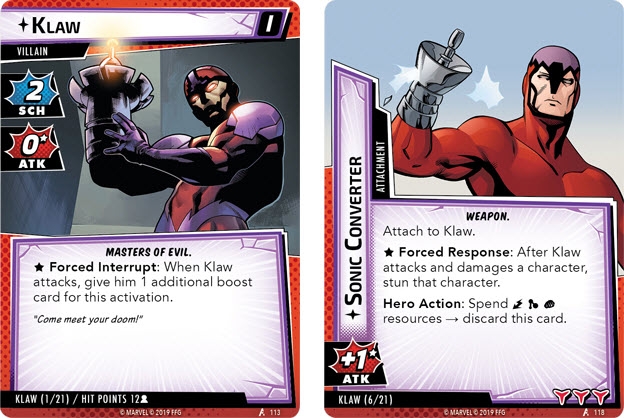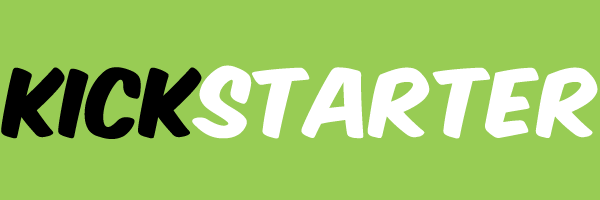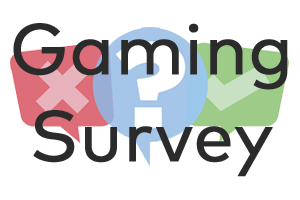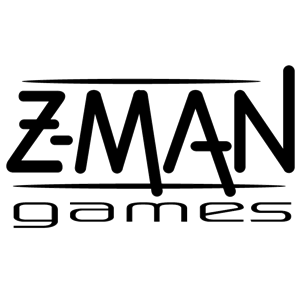Isn’t It Marvelous! – A Review of Marvel Champions The Card Game
Fantasy Flight has another Living Card Game releasing soon, this one in the Marvel universe. Full cooperative game play, monthly expansions, and a huge license – is this a game worth assembling, or should it just be turned to dust?
Marvel Champions allows you to play as Iron Man, She-Hulk, Spider-Man, Captain Marvel, and Black Panther against Rhino, Klaw, or Ultron. When you build your hero’s deck, you use the cards that belong to them, such as Spider-Man having Aunt May. You add to that cards from one aspect of being a hero: Justice, Aggression, Protection, or Leadership. Each of these aspects can be used by any hero. You may then add Basic cards to your deck to fill it out to the 40-50 deck size. During the game play, you’ll play cards and use abilities on the allies and upgrades you have in play, as well as ones on your character. Each character has a Hero and an Alter-Ego form, so you will play as both Peter Parker and Spider-Man, for example.

Big Damn Heroes
Each villain come with a corresponding scenario and a suggested modular encounter set. These sets can be switched out to make the game easier or harder. Each villain can also be made harder by changing which character cards they use. The Standard set of encounter cards are always used, but adding in the Expert cards as well will make any encounter more difficult. This variability and piecemeal system is one of the big selling points of the game. The villain attacks differently depending on your current form. If you’re currently a Hero, the villain will attack you directly. If you’re currently the Alter-Ego, the villain will make more progress on their scheme, as there are no Heroes in the way.
During game play, you’ll discard cards to generate energy to play other cards. This system works fairly well, with cards generally not needing one kind of energy or another. Some costs in the game are type specific, but all characters have access to all types of energy, so no one feels stuck or forced. There are also villain cards that have a cost of certain types of energy, which makes it feel like you’re using those against the villain. It tells a very nice story and fits together well.

Klaw and his Sonic Converter
Players are also able to help each other out with actions from upgrades that are in play. These cards are universally helpful, such as reducing the cost to play a card or allowing another player to draw a card. At the right time, these can be very helpful to the team’s efforts.
As someone who plays and loves the Arkham Horror LCG, there are clear inspirations taken from that game. Each hero has an obligation which can slow them down, much like each investigator in Arkham has a personal weakness. The way these are added to the game changes, but the effect is the same – a card that is aimed squarely at your character. The aspects are more generic than the factions in Arkham, but that’s not a bad thing. The villain character cards and scenarios are much like the Act and Agenda decks in Arkham. That all being said, they’re different enough games that it doesn’t feel like owning one means you own the other.
Marvel Champions does do some things differently than the other 10 LCGs that came before it. Primarily, it requires only one core set to get a full playset of cards for up to four players. This is huge when other LCGs have required two or three core sets to get a full playset of cards. Granted, the core set will have an MSRP of $60 instead of $40 like most other LCGs, but it’s still a savings. It also has an actual insert, with usable spaces and room for dividers. Anyone who has purchased a game from Fantasy Flight knows of the cardboard “uncanny valley” that they have in most games. The insert could be better, but it’s a step in the right direction. Unfortunately, no dividers are included with the game.
With all of that being said, I don’t think this game is for me. It’s not bad, but there are some hiccups with the game for me. First off, the game can take a while – if the villain is mainly scheming and you’re preventing or removing the progress they’re making without there being much damage taken by either side, it ends up feeling like you aren’t making progress. I’ve seen people say you should remain in hero form for most of the game, but if the cards aren’t coming or you’ve taken too much damage, that just isn’t an option. I think the way a character deck is built is interesting, but without some kind of experience system or over-arching story with character development like in the Arkham Horror LCG, it just feels like it’s made for one off play. For that, it works well, but if I’m going to take time to build my own deck, as well as decks for other people, I want there to be a bigger impact to the game than just the cards I did or didn’t add. I want a cohesive story and my character to grow, and that’s not something this system does.
The piecemeal system of the villains, scenarios, extra schemes, and everything else will give a lot of replayability. I generally like the art and design, though having keywords like Thwart shortened to just THW feels odd. It’s six letters, you can fit it. I think the way the players can save actions for other players to use is great and really adds a team spirit to the game. But with all of the good, it’s just not a game I’ll want to play, and at the end of the day, that’s what matters.






Thanks for the review. I already preordered but always value your insights.